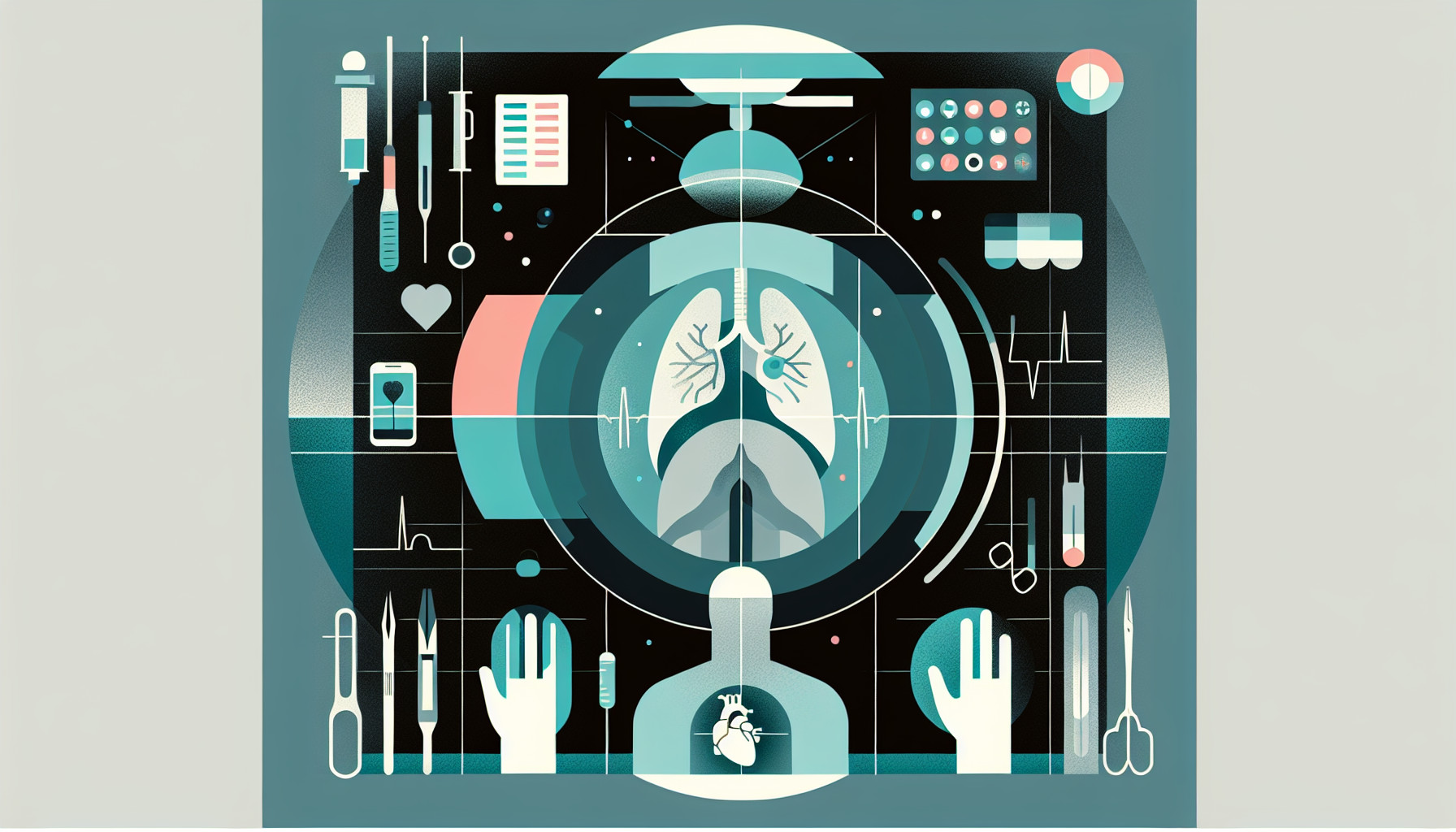Our Summary
This research paper is about a study that reviewed the use of allogenic (from another person) and alloplastic (synthetic) materials in reconstructing the nipple-areola complex, particularly for maintaining the projection of the nipple. This comes after regulations from the FDA regarding the use of certain materials in breast reconstruction.
The researchers reviewed data from several case studies involving 482 patients and a total of 592 nipple-areola complexes. The satisfaction rate among patients was generally high, with most patients reporting being very satisfied with their reconstruction.
However, the study also found some complications related to these procedures. The overall complication rate was 5.3%, with the most common issue being necrosis (death of tissue) of the flap or graft used in the reconstruction. The Ceratite implant (a type of artificial bone) had the highest complication rate at 18%.
The study concluded that allogenic and alloplastic grafts are generally satisfactory for achieving nipple projection, but more research is needed to better understand the long-term outcomes and feasibility of these procedures.
FAQs
- What is the satisfaction rate among patients who underwent nipple-areola complex reconstruction using allogenic and alloplastic materials?
- What was the most common complication found in the study related to nipple-areola complex reconstruction procedures?
- What types of materials were reviewed in this study for use in nipple-areola complex reconstruction?
Doctor’s Tip
A helpful tip a doctor might tell a patient about nipple reconstruction is to carefully follow post-operative care instructions to minimize the risk of complications such as necrosis. It is also important to communicate any concerns or changes in the surgical site to your healthcare provider promptly. Additionally, maintaining a healthy lifestyle, including avoiding smoking and following a balanced diet, can help support the healing process and improve the overall outcome of nipple reconstruction surgery.
Suitable For
Patients who are typically recommended for nipple reconstruction include those who have undergone mastectomy as part of breast cancer treatment, individuals with congenital nipple absence or deformities, and those who have experienced nipple trauma or loss due to injury or previous surgeries. Nipple reconstruction can help improve the aesthetic appearance of the breast and restore a sense of normalcy and confidence for these patients.
Timeline
Before nipple reconstruction:
- Patient undergoes mastectomy or breast surgery that results in loss of nipple-areola complex
- Patient may opt for breast reconstruction surgery
- Patient discusses options for nipple reconstruction with plastic surgeon
- Plastic surgeon evaluates patient’s eligibility for nipple reconstruction
- Decision is made on whether to use allogenic or alloplastic materials for nipple reconstruction
After nipple reconstruction:
- Patient undergoes nipple reconstruction surgery using allogenic or alloplastic materials
- Recovery period following surgery
- Follow-up appointments with plastic surgeon to monitor healing and address any complications
- Patient evaluates satisfaction with reconstructed nipple-areola complex
- Long-term monitoring of outcomes and potential complications from nipple reconstruction surgery
What to Ask Your Doctor
What are the different options available for nipple reconstruction using allogenic and alloplastic materials?
What are the potential risks and complications associated with using these materials for nipple reconstruction?
How long will the recovery process take after nipple reconstruction using allogenic or alloplastic materials?
What are the expected results in terms of nipple projection and appearance with these materials?
Are there any long-term effects or considerations to keep in mind with nipple reconstruction using allogenic or alloplastic materials?
How many procedures may be necessary to achieve the desired results with these materials?
Are there any specific instructions or precautions I should follow after nipple reconstruction using allogenic or alloplastic materials?
What is the success rate of nipple reconstruction using these materials, based on your experience with previous patients?
Are there any alternative options for nipple reconstruction that I should consider before making a decision?
How often will follow-up appointments be needed after nipple reconstruction using allogenic or alloplastic materials to monitor for any complications or issues?
Reference
Authors: Oliver JD, Beal C, Hu MS, Sinno S, Hammoudeh ZS. Journal: Aesthetic Plast Surg. 2020 Apr;44(2):308-314. doi: 10.1007/s00266-019-01539-7. Epub 2019 Nov 13. PMID: 31722063
